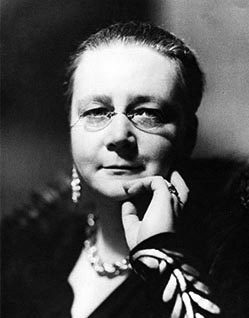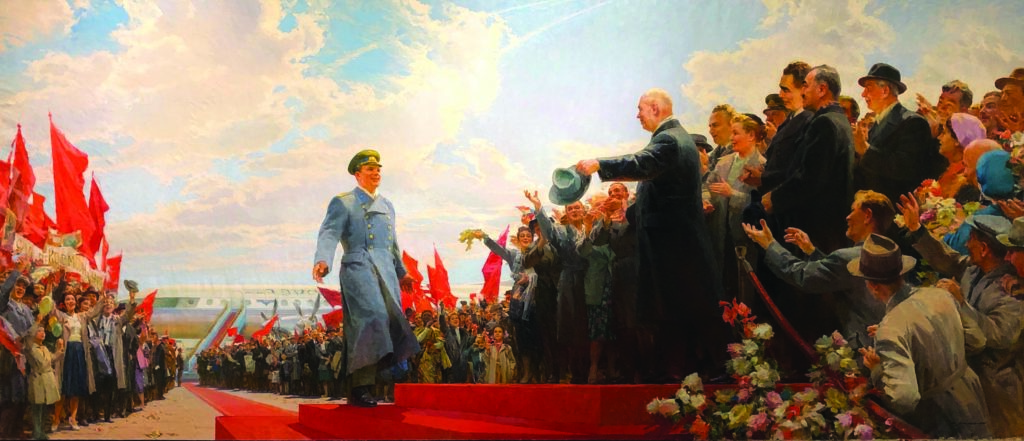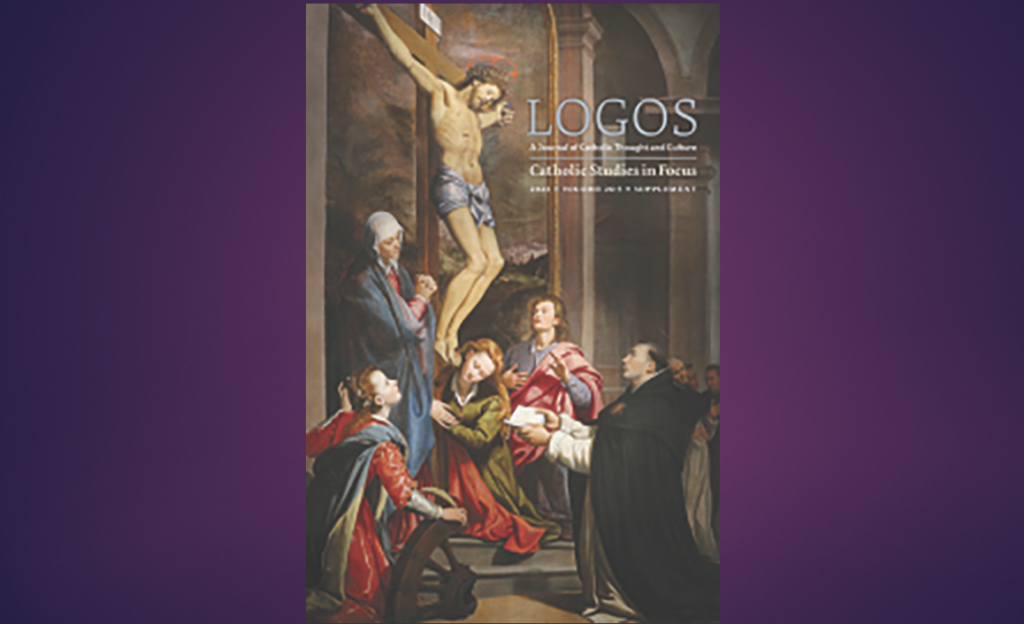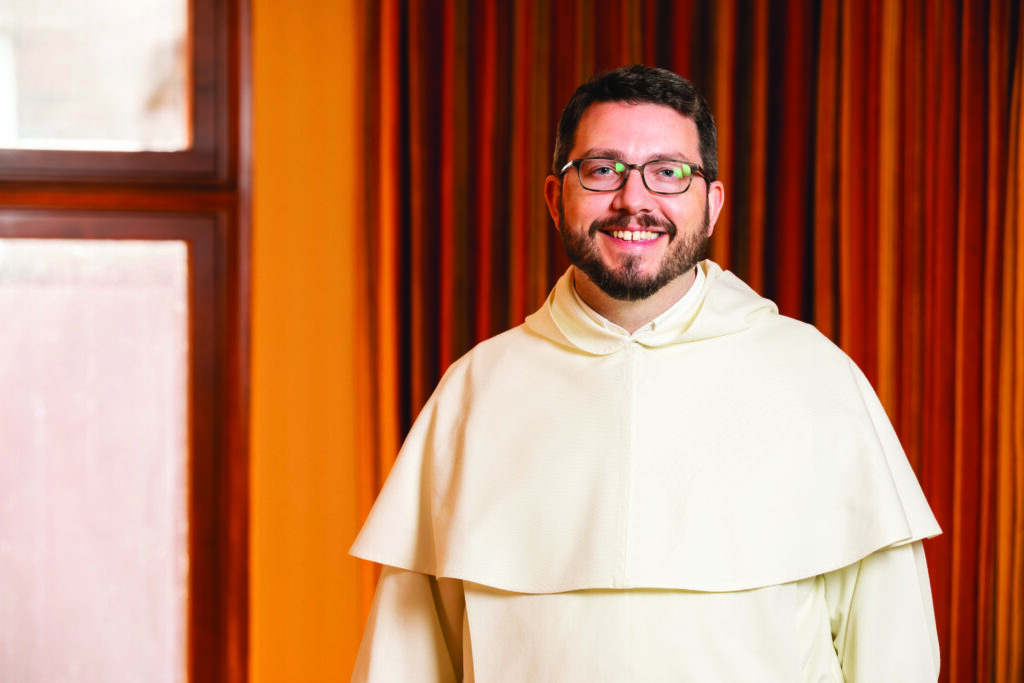This story is featured in the winter 2020 issue of Lumen.

Dorothy L. Sayers
From the beginning St. Thomas Catholic Studies has been distinctively Catholic and also catholic, recognizing the great work of Catholics as well as other Christians. In the Summer 2020 issue of Logos we feature “Dorothy L. Sayers’ Christology in The Man Born to be King,” an article by Kathryn Wehr on the marvelous depictions of Jesus, the Incarnate Word, and those surrounding him in Sayers’ cycle of 12 radio plays produced for the BBC in 1941 and 1942, and published in book form in 1943. Sayers, an Anglican of Catholic leanings, saw that though the historic creeds might seem abstract on first glance, what they taught about Jesus was not only based upon but illuminated the accounts given in the Gospels. In her radio plays she sought to make a new generation hear the Good News and the excitement that those creeds and the Gospel stories carry with them. She did so by using her own dramatic and literary gifts in a way that was accurate but not pedantic. Wehr writes: “Readers should not expect to find a systematic theology; Sayers protested that she was not a theologian and she neither was trained in nor wrote academic theology. Nevertheless, she wrote and spoke confidently when she believed herself to be finding fresh words for creedal theology – giving flesh to “the strong, bony structure” of “‘dry’ official theology.” In the following excerpt Wehr discusses how Sayers used light and heat imagery to depict the one who is both light of the world and thus the life of all mankind.
Mary Magdalene experiences guilt and contrition, like Matthew and Simon, but her experience of Jesus is not only because of his divine presence but also of his perfect humanity. Lazarus too, though more naturally depressive than Mary Magdalene, can feel “that immense vitality at which a man may warm himself as at a fire.”
It is this life, this vitality, which forms an important part of Jesus’ mission in Sayers’ eyes. “That is what I’m here for,” Jesus says, “I came that men should lay hold of life and possess it to the full.” Jesus quotes from Proverbs 8:29-31 about Wisdom taking part in creation. The line that follows has the note, “John: (a little startled – it sounds almost autobiographical): Master, of whom is that said?” Sayers was specifically taking this opportunity to make Christological connections, as the scene is otherwise based on two Gospel stories, that of Mary and Martha from Luke 9 and the sinful woman of Luke 7 and other details that set up several scenes that follow. It expresses both the ordinariness of friends sitting around, telling stories (including a suggestion that Jesus prefers fig-stuffing) and the glimpse into Jesus’ divinity. In the beginning notes for this play Sayers even describes the scene as “shot through with a strong mood of ‘God-consciousness,’” a term which she uses to simply mean Jesus was consciously thinking about his divinity. When Lazarus later succumbs to death, it is that vitality that brings him back in Play 7, Scene 4, Sequence 3:
Mary: You are smiling – you are laughing – you are alive!
Lazarus (joyfully): Yes, I am alive!
Martha: Where have you been?
Lazarus: With life.
Mary: Do you know who called you back?
Lazarus: Life. He is here and he has never left me.

The light and heat imagery also returns at the end of Sayers’ treatment of Judas, as he gets his only theophanic glimpse during Jesus’ crucifixion. Judas goes to Caiaphas to return the 30 pieces of silver and says that the knowledge of Jesus’ innocence gives him a vision of “what hell-fire is”: “It is the light of God’s unbearable innocence that sears and shrivels you like flame.” Notice how starkly this compares to Lazarus’ description of Jesus’ presence in Play 7: “that immense vitality at which a man may warm himself as at a fire.” Without faith, the light and heat of Jesus’ presence is unbearable. Judas is consumed by pride and hate, and even in this realization of Jesus’ innocence and his own guilt he still cannot humble himself: “If I crawled to the gallows’ foot and asked his pardon, he would forgive me – and my soul would writhe forever under the torment of that forgiveness.” The searing, painful brilliancy of holiness is all that Judas, in his pride, can experience of what others know as warmth and aliveness. Sayers uses light and heat imagery to show that Jesus’ divinity becomes clear when characters are at their most honest – either in faith or in hate.







